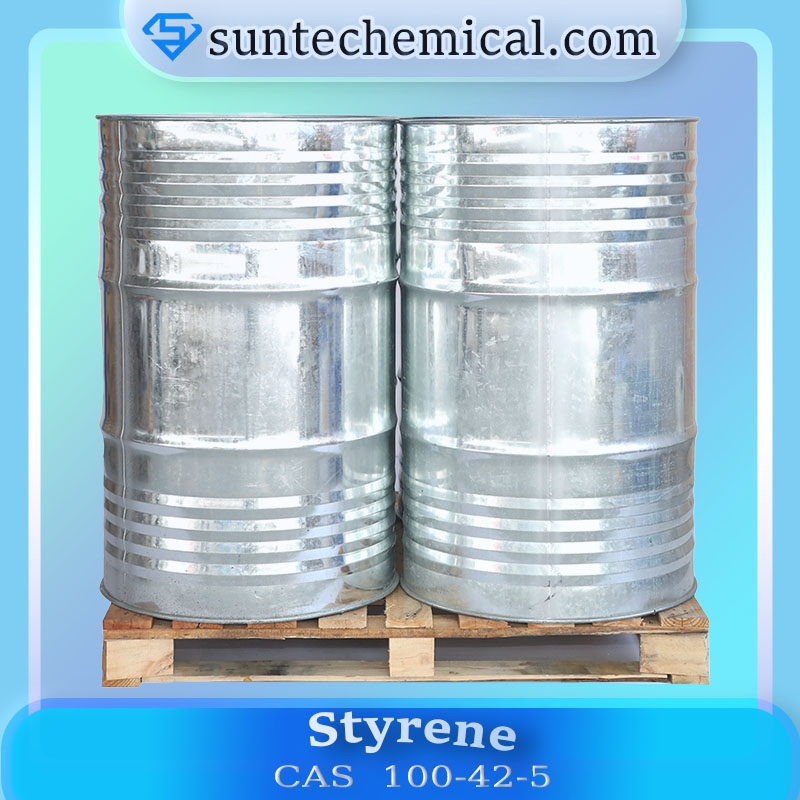-
Categories
-
Pharmaceutical Intermediates
-
Active Pharmaceutical Ingredients
-
Food Additives
- Industrial Coatings
- Agrochemicals
- Dyes and Pigments
- Surfactant
- Flavors and Fragrances
- Chemical Reagents
- Catalyst and Auxiliary
- Natural Products
- Inorganic Chemistry
-
Organic Chemistry
-
Biochemical Engineering
- Analytical Chemistry
-
Cosmetic Ingredient
- Water Treatment Chemical
-
Pharmaceutical Intermediates
Promotion
ECHEMI Mall
Wholesale
Weekly Price
Exhibition
News
-
Trade Service
Some members of the Ford Motor Company research team are currently working on new applications involving biopolymers, natural fiber reinforcements, and bringing new life to materials previously considered was.
In many industries, "garbage in, garbage out" is a truism—if your input is low-quality or low-value, so may your final produ.
However, the automotive industry is repurposing what is often considered useless waste to make functional, beautiful and valuable auto parts into cars already on the road, This leaves the above "truth" behi.
By doing this, auto companies are preventing waste materials from entering landfills and waterways, and providing jobs in poor communities and additional income for farmers, all while reducing the weight and cost of auto parts, stabilizing The long-term material price realizes the green manufacturing of automobil.
This answers another sentence: One man's trash becomes another man's weal.
useful waste
useful wasteMuch of this recycled waste is agricultural by-products in food production, often the outer skins of crops, such as tomato skins left over from ketchup production, or agave fiber left over from tequila producti.
These inedible husks (usually from seeds) are neither compostable nor easy to compost as part of the plant, and are rarely used as animal re.
The lack of utility results in the accumulation of these rinds into a nasty litter that can pose a health and safety hazard if ignored for extended periods of ti.
However, these fiber skins are now proving useful as natural fiber reinforcements in various composite materia.
"People don't understand that natural fibers are a lightweight alternative," said .
Comparison of percent strain (left) and percent stress (right) to energy dissipation per unit volume of glass, hemp, and tow fibers used in vinyl ester resins, showing natural fibers at lower stress states The energy dissipated and the strain is higher than that of glass fibers, demonstrating that natural fibers provide better energy absorption properties at higher strain rates (image via Ford Motor Company)
Because of this, it's no surprise that Ford took up the "use of many natural fiber products in auto parts" that the former DaimlerChrysler implemented way back in the early 200
Unlike the former DaimlerChrysler, however, where research was primarily conducted with traditional bast fibers from the endothelium/phloem of plants such as kenaf, flax, sisal, and jute, Ford had a way to find something that had never been used befo.
In effect, Ford's vision is to use whatever natural resources are available near local production plants to reduce costs and reduce the carbon footprint of shipping natural fibers around the world, Mielewski sa.
►Possibly use agave fibers from tequila production at its plants in Mexico;
►Adopt bamboo fiber in the production of auto parts in Asia;
►Use of tomato skins left over from the production of ketchup in factories in North Ameri.
The automaker is even said to be researching uses for dandelions, algae, and a durable linen/cotton blend derived from decommissioned curren.
go to coconut shell
Go to Coconut Shell Go Coconut ShellCoconuts may seem like an odd choice for enhancing auto parts, but it turns out that coconut products are abundant in tropical Cancer and Capricornus, and their performance is not dependent on season, species and soil in this geographic ar.
In the processing plants, once the coconut meat and coconut milk are extracted, the remaining coconut shells and their outer shells (coir fibers) pile up in mountains, because the villagers are usually not equipped to handle th.
Unfortunately, coconut husks are not edible, cannot be used as bedding for animals or humans, are not easy to burn, and are slow to compo.
But on the positive side, the 250µm coir is much larger in diameter than most other natural and synthetic fibers, which helps bring better bending stiffness, strength and toughness to the composi.
The fibers are high in lignin and inherently flame retardant, provide protection against insects and microorganisms to reduce odor, and do not swell in wet conditio.
Additionally, coconut husks can be ground into a fine powder as a lighter, less abrasive alternative to mineral fillers such as talc used in plastics and composit.
Working with suppliers such as Essentium Materials LLC in the US, Ford has developed many applications for coir and coir, starting with the 2012 Ford Focus Pure Electric Vehicles (BEV.
The company blends coir fiber with polypropylene (PP) fiber, which is carded, needled, and made into a nonwoven fe.
The felt is then die cut and glued to cardboard (which itself contains recycled fiber.
This is then sandwiched between recycled A-side carpet and B-side polyester fabric to produce a load floor/packing rack for covering (but allowing access to) the on-board battery pack, which is also used in the trunk The consumer product portfolio provides a stable surfa.
This porous felt core is lightweight, rigid and absorbs noise inside the c.
The automaker also grinds coconut husks with a rubber blend from scrap tire scraps to produce a thermoplastic elastomer (TPE), which it then uses to injection mold the structural shields on the 2013 Ford F-250 Super Duty pick.
The part is lighter, less expensive and wears less mold than previous comparable parts made of mineral-reinforced materia.
In 2015, Ford injection-molded the thermoplastic polyolefin (TPO) decklid decal holder on the Ford Mustang sports car by combining coconut husk flour with shredded battery shells and magnesium-silicon fibers from Milliken & .
in the United States Shelf and side door cladding, this interesting combination of materials reduces density and wall thickness, shortening cycle times and lowering cos.




![2,2-Bis(4-hydroxyphenyl)propyl polycarbonate 4-[1-(4-hydroxyphenyl)-1-methyl-ethyl]phenol carbonate POLYCARBONATE RESIN, SECONDARY STANDARD, MOLECULAR](https://file.echemi.com/fileManage/upload/goodpicture/20250220/sodium-lactate-312-85-6_b20250220100438866.jpg)


